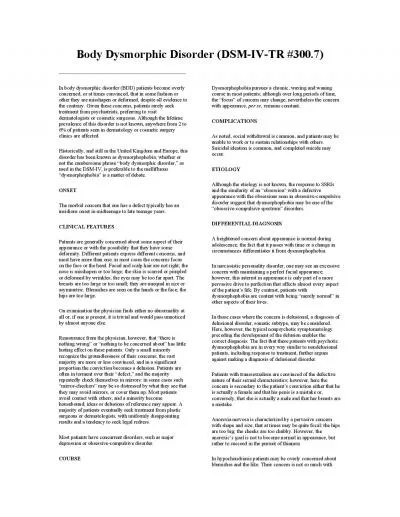PPT-Diabetes Overview Diabetes is a relatively common disorder that involves the body’s
Author : fiona | Published Date : 2022-06-18
Definition Type 1 Diabetes This refers to a genetically based condition in which the cells in the pancreas that normally produce a hormone called Insulin stop functioning
Presentation Embed Code
Download Presentation
Download Presentation The PPT/PDF document "Diabetes Overview Diabetes is a relative..." is the property of its rightful owner. Permission is granted to download and print the materials on this website for personal, non-commercial use only, and to display it on your personal computer provided you do not modify the materials and that you retain all copyright notices contained in the materials. By downloading content from our website, you accept the terms of this agreement.
Diabetes Overview Diabetes is a relatively common disorder that involves the body’s: Transcript
Download Rules Of Document
"Diabetes Overview Diabetes is a relatively common disorder that involves the body’s"The content belongs to its owner. You may download and print it for personal use, without modification, and keep all copyright notices. By downloading, you agree to these terms.
Related Documents














